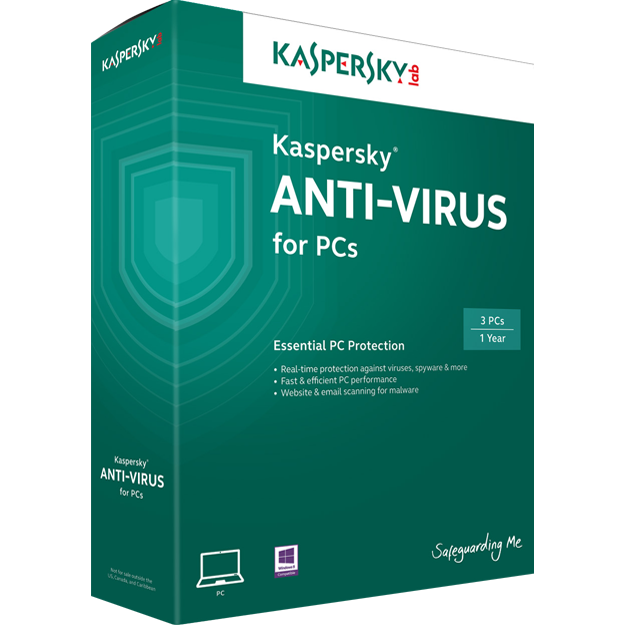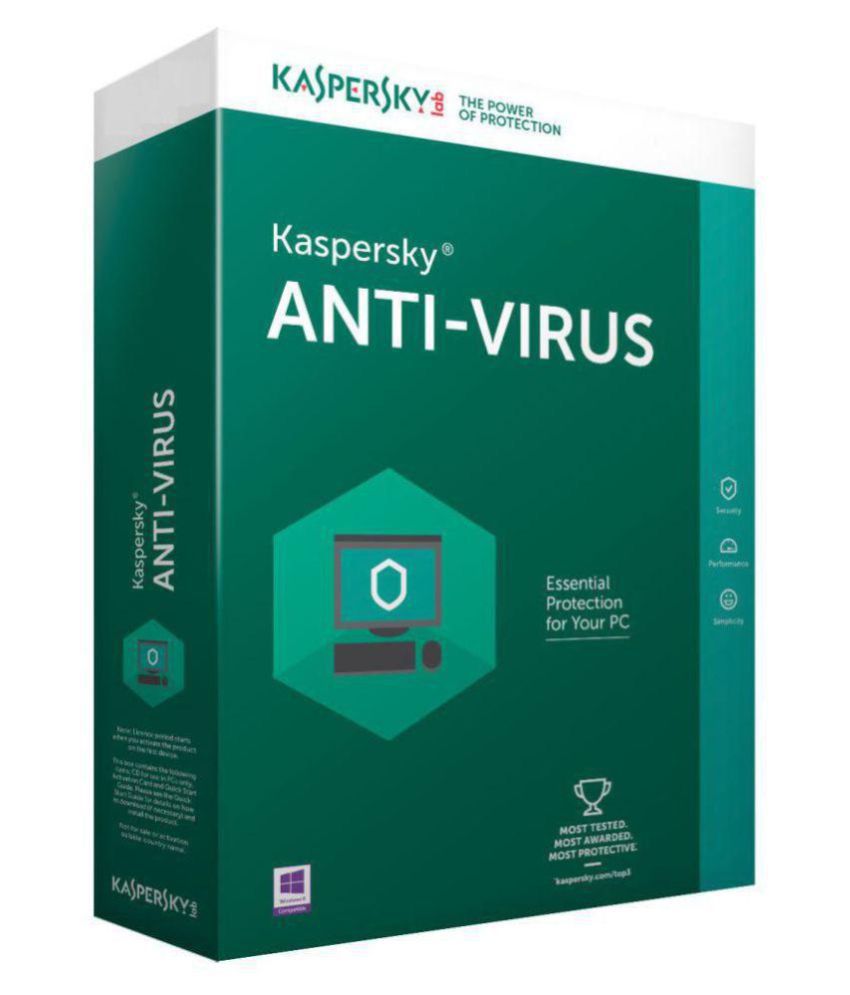


Download movies, TV shows, or games from illegal sites.You put yourself at risk of malware when you: Malware can get onto your device in different ways, such as clicking on an infected link or advert, opening an attachment in a spam email, or visiting a scam website. You can read about different types of malware here. Some malware – i.e., ransomware – even holds your files hostage until you pay a ransom. Malware can also delete or steal data, putting your privacy in jeopardy. If your laptop, desktop, or mobile becomes infected with malware, it might slow down or stop working entirely. Malware is malicious software designed to cause harm to you or your device. This overview explains how to remove malware on both PC and Mac and how to protect yourself from malware. These spam emails will then be marked with a special header.Whether you are using your laptop, desktop, or mobile, malware protection is essential for safeguarding your device. It accomplishes this by monitoring all inbound and outbound connections and scans ports and data packets.Īnti-Spam scans all incoming email for spam subject matter. This component traces and blocks programs that display unwanted advertising, joke programs, remote administration and monitoring tools.Īnti-Hacker protects your computer while it is on the network. Proactive defense is designed to monitor and analyze the behavior of all installed programs. Web Anti-Virus is designed to intercept and block scripts on web sites that pose a threat. It analyzes emails for malicious programs, allowing access to email if it is free of dangerous objects. The Mail Anti-Virus component scans all incoming and outgoing email. It scans all files that can be opened, executed or saved on your computer. This component monitors your computer's file system. Roll back of changes made to the system by malicious programs.System restoration after malicious activity.Blocking of dangerous macro-commands from being executed.Proactive protection of the operation of macros based on Visual Basic for applications in Microsoft Office documents.Notification of suspicious objects or attempts to create hidden keys in the registry.

Control of operating system registry status.rootkits), and of unauthorized changes in routine processes Warnings of dangerous, suspicious or hidden processes (i.e.Activity monitoring of programs and processes that have been launched in the computer's memory at the same time.

Possibility to compile lists of applications - the component structure of which will be controlled - prevents malicious programs from undermining the integrity of the application.


 0 kommentar(er)
0 kommentar(er)
